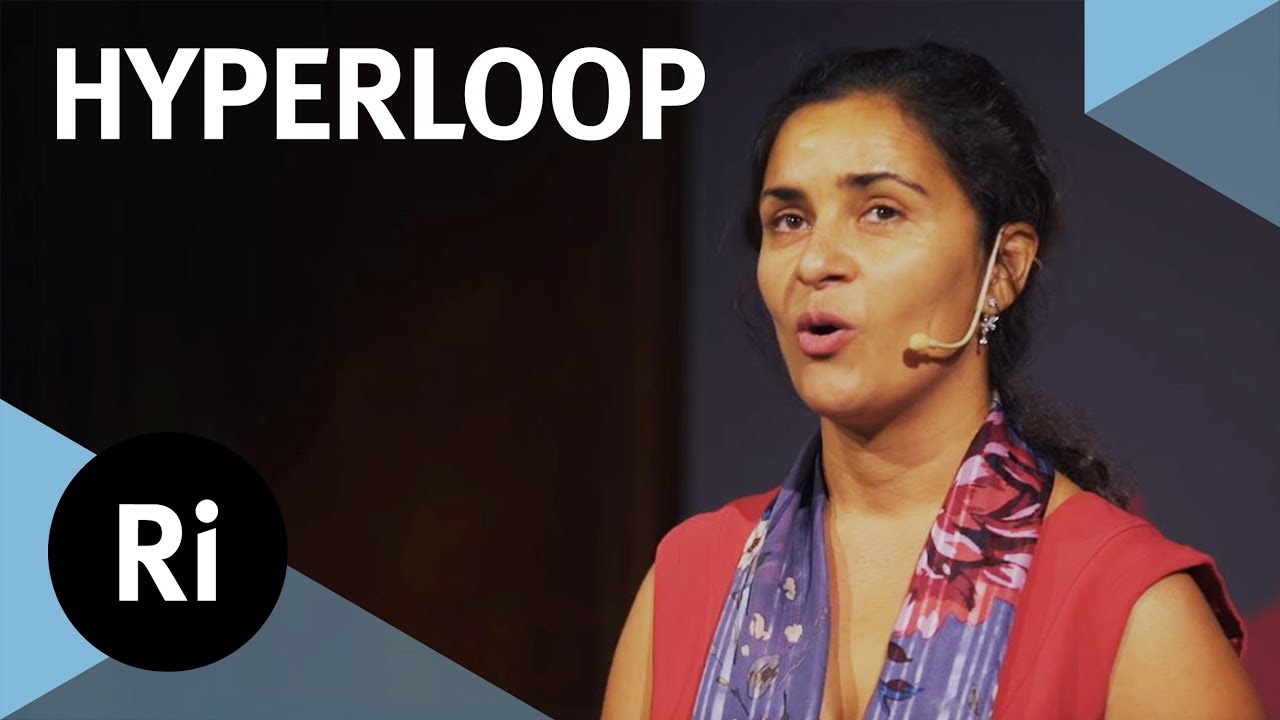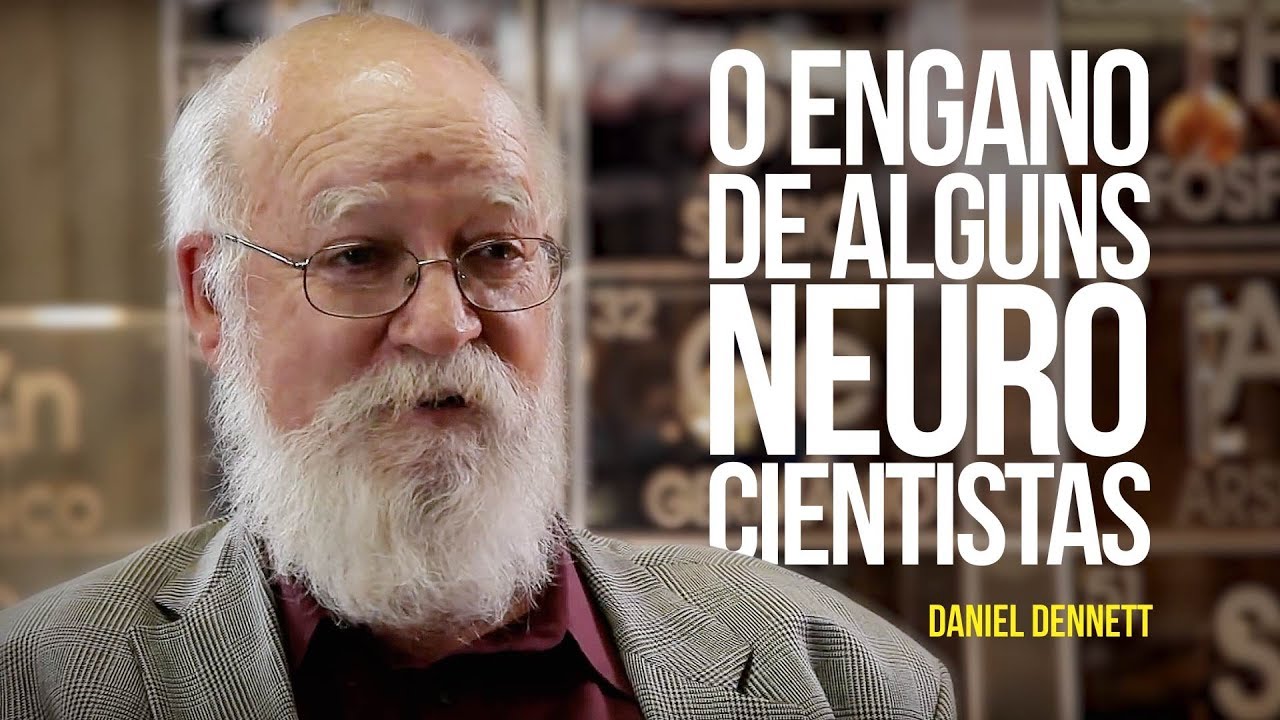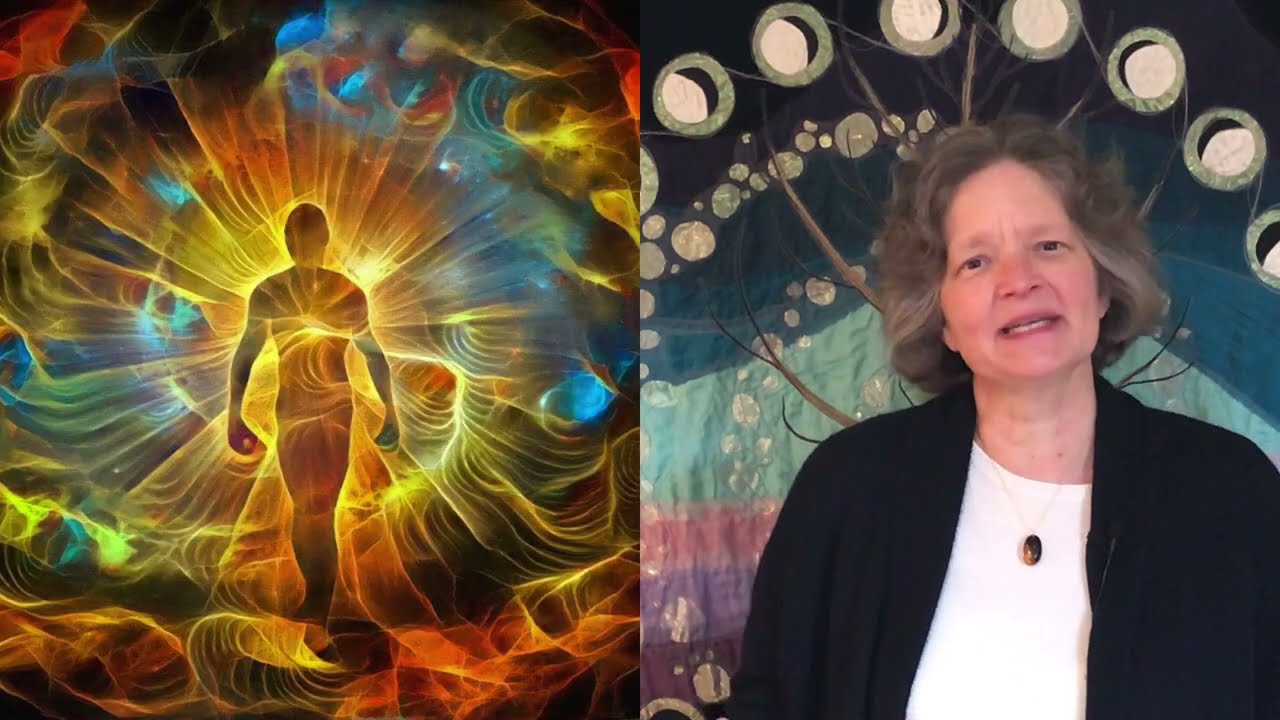The Royal Institution
Is the Hyperloop going to herald a new era of green high-speed transportation? What needs to be done to make it work?
Subscribe for regular science videos: http://bit.ly/RiSubscRibe
How do you engineer the fastest mode of transport on Earth? What does it take to turn a hundred year old idea into a reality? Anita Sengupta, Rocket Scientist and Research Professor from the University of Southern California, discusses the work and creativity that goes into the Hyperloop, a new form of high-speed transportation that can best be described as space travel on the ground with travel speeds of 1000km/h. Don’t blink, or you’ll miss it.
#hyperloop #infrastructure
Watch the Q&A: https://youtu.be/2GePVZ4Fx9c
Dr Anita Sengupta is a rocket scientist and aerospace engineer who for over 20 years has been developing technologies that have enabled the exploration of Mars, Asteroids, and Deep Space. She started her career working on the Delta IV launch vehicle at Boeing Space Systems. Her doctoral research at NASA focused on the development of the ion engine technology that powered the Dawn spacecraft to reach Vesta and Ceres in the main asteroid belt. She was then responsible for the supersonic parachute system that was integral to the landing of NASA’s Curiosity Rover on Mars in 2012.
From 2012 to 2017, she led the development of NASA’s Cold Atom Laboratory, a laser-cooling quantum physics facility which is now on board the International Space Station. In 2017 she joined the executive team of Virgin Hyperloop One, as Senior Vice President of Systems Engineering. Anita and her team are designing and readying for human use, a new mode of transportation know as the Hyperloop. This magnetically levitating, electromagnetically propelled, passenger transport system in a vacuum tube, is the first new mode of transportation in over 100 years. It can best be desribed as a spacecraft travelling on the ground. The hyperloop has the ability to revolutionize transportation with speeds up to 1000 km/h and a low carbon footprint operating entirely off of grid based power.
Dr Sengupta received her MS and PhD in Aerospace Engineering from the University of Southern California, where she teaches spacecraft, entry, and landing system design for planetary exploration. In her spare time she is an avid pilot, motorcyclist, scuba diver, snowboarder, runner, public speaker, and science fiction fan.
This talk and Q&A was filmed in the Ri on 3 September 2018.
—
A very special thank you to our Patreon supporters who help make these videos happen, especially:
Alessandro Mecca, Ashok Bommisetti, Avrahaim Chein, bestape, Elizabeth Greasley, Greg Nagel, Lester Su, Rebecca Pan, Robert D Finrock, Roger Baker, Sergei Solovev and Will Knott.
—
The Ri is on Patreon: https://www.patreon.com/TheRoyalInstitution
and Twitter: http://twitter.com/ri_science
and Facebook: http://www.facebook.com/royalinstitution
and Tumblr: http://ri-science.tumblr.com/
Our editorial policy: http://www.rigb.org/home/editorial-policy
Subscribe for the latest science videos: http://bit.ly/RiNewsletter
Source




I find this one to be concerning.
Like a few others here I think the hyperloop will come to very little in the end on earth at least, but that doesn't mean brilliant engineers like Anita shouldn't work on it or seek funding or even be denied this platform to talk about it in some fashion, no doubt it will generate spin off tech and all that good stuff that comes from smart people challenging intractable problems.
That said I do think this platform was a little misused here, RI talks usually have a theme of success leading to ongoing challenges, the last generation passing on the fruits of their labour to the next, like in Anita's own previous lecture on the Mars rover, or detecting the higgs, or gravity waves or crystallography and what comes next in those fields and endeavours. I don't think this lecture is presented in the same spirit as those listed above because the field still lacks a pedigree and record of progressing success
Suckers!!!!
I would have liked to see an analysis like this: In a hyperloop, how much energy does it take to move 1 kg one 100 km (including acceleration and deceleration)? How does that compare to other forms of transportation? Also, how much would it cost (or what is the volume and composition of building materials) to build a hyperloop, per 100 km? How does that compare to a road or train tracks?
I'm a skeptic. I need proof first. Then, and only then I might consider supporting this project. But before that you'll get nothing other than skepticism from me. So, go on. Convince me if you can.
I don't get why people are calling it a scam if they have a working model. This looks pretty promising if they get the price of infrastructure down to a reasonable place.
A few of the challenges (which if compromised, would be catastrophic):
1. Expansion joints. The tube would expand more than 300m over the distance from LA to S.F. Therefore you need multiple expansion joints which don’t allow any loss of vacuum.
2. Earthquakes
3. Idiots shooting the tube. Even a small rifle round through the tube would cause a huge loss of vacuum.
4. Anything longer than about 600-1000 km in distance it becomes more efficient to use planes. So how much time do you really save over a 600-1000 km distance that requires the technology of a hyperloop, which couldn’t be satisfied with an easier maglev train?
Very few people want to go to Antartica… yet it’s much warmer, much more comfortable, far wetter and easier to live on than Mars, the moon or an asteroid… how come there isn’t a stampede of people wanting to go to Antartica?
Are your figures based on One Continent or the Whole World.
Thank you Drt. Sengupta. Wonderful presentation.
she has a bachelor's, a master's and a PHD… and went for the money in the hyperloop scam… she's really smart… and her life is a little bit sad.
This is a terrible lecture. Nothing of substance, nothing about the technology. Just a promotion of an idea that has yet to be proved. Even if the product was a good one with a solid track record it would not belong here.
I hope the RI never let this person or anyone from this company talk here again, because they clearly took this as an opportunity to promote rather than educate.
IT'S A SERIES OF TUBES xD
thunderf00t! we need you!
At 39:10 she says, "…for going to the Moon, for example, even the Apollo astronauts used that. They actually filled bags with sand, put it over where they were to provide additional radiation protection."
This is preposterous. Certainly, a layer of soil can filter radiation; but, the Apollo crews never did any such thing. They weren't equipped for it, and the LM wasn't built for such a thing. They survived background radiation because they weren't exposed long enough to be dangerous. I have no idea where she came up with such a notion.
Even star trek wouldn't predict something as loony as hyperloop
considering the last time i saw this level of like/dislike ratio, i wonder if they'll disable comments on this one too
Don't be fooled by the many sceptics in the commentary field. Their views are explained here : https://en.wikipedia.org/wiki/Dunning%E2%80%93Kruger_effect
Come gather 'round people
Wherever you roam
And admit that the waters
Around you have grown
And accept it that soon
You'll be drenched to the bone.
If your time to you
Is worth savin'
Then you better start swimmin'
Or you'll sink like a stone
For the times they are a-changin'.
Come writers and critics
Who prophesize with your pen
And keep your eyes wide
The chance won't come again
And don't speak too soon
For the wheel's still in spin
And there's no tellin' who
That it's namin'.
For the loser now
Will be later to win
For the times they are a-changin'.
Come senators, congressmen
Please heed the call
Don't stand in the doorway
Don't block up the hall
For he that gets hurt
Will be he who has stalled
There's a battle outside
And it is ragin'.
It'll soon shake your windows
And rattle your walls
For the times they are a-changin'.
Come mothers and fathers
Throughout the land
And don't criticize
What you can't understand
Your sons and your daughters
Are beyond your command
Your old road is
Rapidly agin'.
Please get out of the new one
If you can't lend your hand
For the times they are a-changin'.
The line it is drawn
The curse it is cast
The slow one now
Will later be fast
As the present now
Will later be past
The order is
Rapidly fadin'.
And the first one now
Will later be last
For the times they are a-changin'.
Is like lisening to a resume of all what the social media feed us about the latest traveling technology…A comercial in short 😛
Waste of time if you allready up to date with all the technology trends on Youtube.
Bröther, may I have some LÖÖPS?
It is a shame the hyperloop is bull i have watch the RI since a kid Im now 53
She talks so fast she made my ears tired.
"Is the Hyperloop going to herald a new era of green high-speed transportation?" No; it is fundamentally impractical.
"What needs to be done to make it work?" The system is instrinsically vulnerable to point failures and unsafe; burying the thing underground can mitigate the risk and eliminate thermal stresses on the tubes (were it suspended from pylons) that would twist it in knots but it is prohibitively expensive to drill tunnels hundreds of miles long.
utter bollox
Let's see what the Q&A has to offer.
She keeps saying it's an aeroplane without wings… so because of that the 'plane's path' has to be surrounded by steel, and 'vaacumed' but somehow that will be more efficient? Ooookaay…